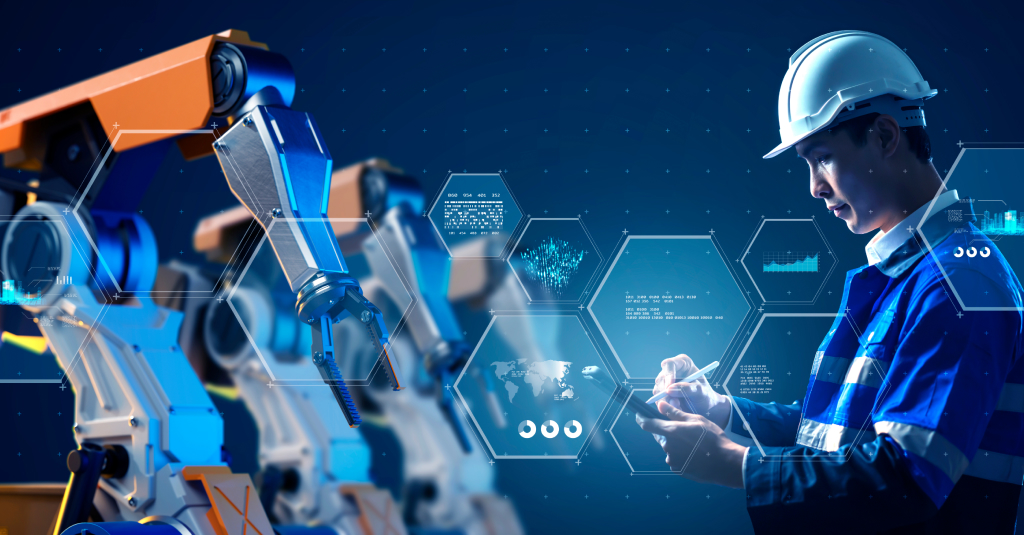Over the last few years, data-driven artificial intelligence has delivered impressive results in applications such as recommendation engines (e.g., books and movies), playing games, facial recognition, text translation, text synthesis, and fraud detection. This type of AI uses vast data to train the system. In many applications, a large amount of data is readily available such as images on Instagram, and large amounts of text on Wikipedia pages can be easily generated like a computer playing a game against itself. In contrast, collecting high-quality data in manufacturing applications takes significant time and incurs high costs. Unfortunately, a purely data-driven approach for AI is not a scalable model in most manufacturing applications, and we need to look for alternative methods.
What is Physics-Informed AI?
Manufacturing has a lot of known models and valuable process knowledge. Rediscovering these models and knowledge using a purely data-driven approach does not make sense. On the other hand, all known models make simplifying assumptions to reduce complexity and are, therefore, approximate. We need AI that exploits the known models and uses a data-driven approach to augment the models and knowledge based on experimental data to fill the missing gaps. This type of approach is called physics-informed AI. It enforces known physics-based process models or knowledge as a constraint in the AI system to ensure that it does not learn anything that contradicts existing information. For example, the system can enforce a constraint that increasing pressure on the sanding tool will increase the deflection of the sanded part. We don’t need to conduct many tests to learn this trend. If the measured data contradicts this constraint, the sensor is likely malfunctioning or the part/tool is not correctly clamped.
How Does Physics-Informed AI Work?
On the one hand, the physics-informed AI approach restricts the solution space, making the problem much more tractable. Consider the problem of predicting process output based on the input. If the output is expected to increase with an increase in the input, then the underlying model space is limited, and a smaller amount of data can train it. We don’t need to consider arbitrarily complex models. On the other hand, this requires more complex representations and associated solution generation methods to handle constraints to produce acceptable computational performance. We cannot train a simple neural network with observed input and output data. In this case, there is no guarantee that it would preserve the process constraint if the output used during training is noisy.
Physics-Informed AI at Work
At GrayMatter Robotics, we are making fundamental advances in physics-informed AI to support robotic automation in high-mix manufacturing applications. Here are a few representative examples:
- Defect detection is an essential ingredient for deploying automation in high-mix applications. We have developed a pipeline for generating photo-realistic images to overcome this challenge. A process model generates realist defects in virtual models. Therefore, a training process combining photo-realistic synthetic images and real images of defects works well.
- To efficiently and accurately build part models, we have developed a machine learning-based approach for predicting sensor performance (e.g., measurement errors) as a function of the operating conditions. We enforce known sensor performance models to build accurate prediction models during training. For example, if the sensor is expected to produce a higher amount of error when imaging from a more considerable distance, then this information is used during the training phase.
- Robots require body-mounted hoses and cables for the cell to function. These appendages may restrict the motion of the robot. Applying overly conservative restrictions makes the cell inefficient. On the other hand, not applying appropriate limits may damage cables/hoses and force the cell to shut down. We have developed a self-supervised learning framework to estimate robot motion limits when flexible components are attached to the robot. This approach uses a mechanics-based model of cables and hoses to accelerate the learning process.
- Our smart robotic cell can build process models for new materials and autonomously conduct experiments. While the exact quantitative relationship between input and process performance may not be known, qualitative relationships are often known (i.e., increasing input parameter #3 decreases output parameter #4). We utilize evaluation functions to penalize deviations from known process constraints. This approach, in effect, enforces known information and accelerates the model-building process.
- We use advanced prognostics and health management to ensure that the robotic cells work reliably. We utilize known causal relationships during the inferencing process to ensure that we can accurately predict the system state based on the process monitoring data. For example, we can use force and vision data to hypothesize the cause of accelerated tool wear.
The above examples illustrate how physics-informed AI technologies enable the realization of smart robotic cells for high-mix applications in surface treatment areas. Robots in the cell can program from a high-level task description. Process parameters can autonomously adapt based on the observed process performance to deliver consistent quality. The robotic cell can monitor its health and reduce the risk of failure by proactively taking corrective actions. These capabilities are truly revolutionizing the field of robotics and enabling new applications.

